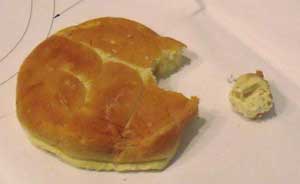Coopns
Member
1. Real rookie here, I did get a piece of copper and some fittings and try it out...still didn't work out very well for me. I don't know if the copper wasn't hot enough or what but the flux wasn't really sucking in to the joint. I did clean and flux but ends, then heat what I thought was a reasonable time.
2. Anyway...what do I do if I take the shower head or simmons valve off and there is water or moisture in the pipes? There is bound to be some in there eh?
Thanks.
2. Anyway...what do I do if I take the shower head or simmons valve off and there is water or moisture in the pipes? There is bound to be some in there eh?
Thanks.

